This article has been reviewed according to Science X's editorial process and policies. Editors have highlighted the following attributes while ensuring the content's credibility:
fact-checked
reputable news agency
proofread
Hunting for edible plants with London's urban foragers
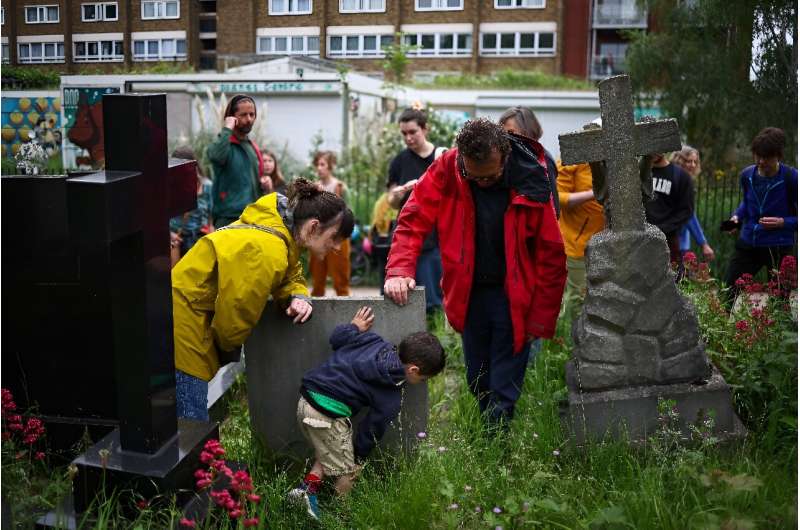
Kenneth Greenway is inundated with requests for the foraging courses that he runs at the Tower Hamlets Cemetery Park in east London.
The city skyline is visible in the distance from among the gravestones, where the dead were laid to rest for more than 100 years from 1841 to 1966.
But the main attraction is the wild rocket, nettle and other edible herbs that have sprung up around them.
Greenway—who is 47 and has spent 22 years working at the park—says a cemetery is the perfect place for foraging.
"You can't just get machinery in and trim it all. So, things are allowed to grow," he said.
As a result, the list of things that grow there is "as long as your arm", he tells a foraging group of 18 people, rattling off the names of plants used to make salads, soups, syrups, jams and herbal teas.
The group is made up of people young and old.
George Page, 59, received the course as a Mother's Day gift from her daughter Maddie, 21.
"We do a lot of gardening and we've spoken about it before, wanting to be able to eat food that we can just get ourselves," explained Maddie.
"I was actually terrified," her mother added, laughing. "I thought we'd die immediately!"
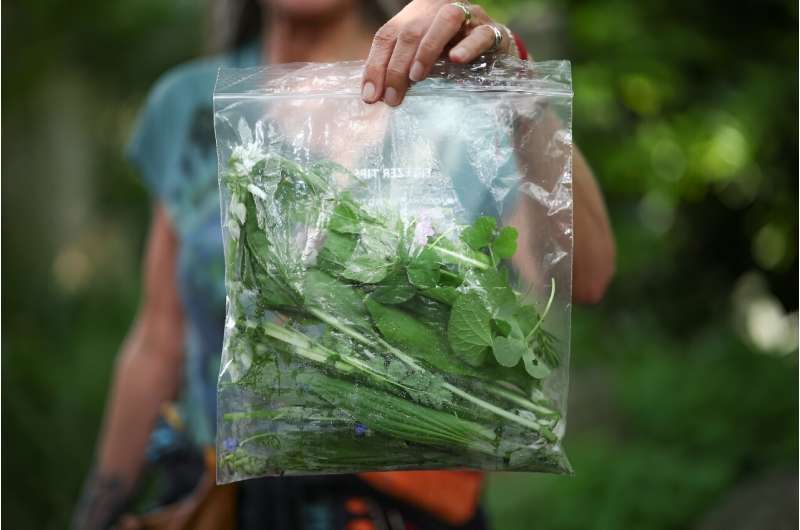
Cocktails and smoothies
Greenway gives a few basic tips to get the group started.
"You pick the leaves near the top, the leaves that look nice," he explained, warning them not to eat a plant unless they are sure of what it is.
Just then, a five-year-old went to put some fern in his mouth. "Don't eat fern and most grass," Greenway said, telling them that most are inedible.
Well-briefed, the group sets off. The foragers touch, smell, observe and taste, first gingerly with their lips, then more confidently.
"Do you recognize those leaves?" the guide asked them as they picked up the herb lemon balm.
"It smells lovely," said a participant who put a leaf under their nose and then it in their mouth.
At the foot of one grave, Greenway pointed to some wild strawberries then further ahead, wild rocket.
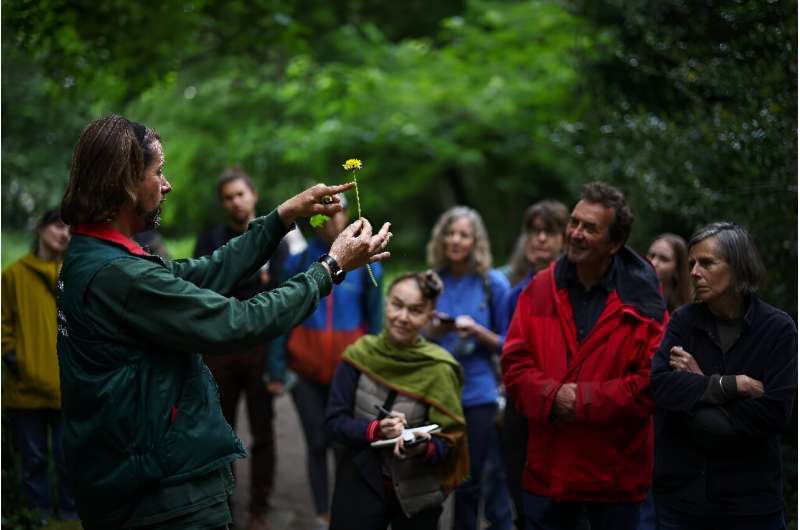
"It's a native plant from Britain. It's very peppery," and perfect for an omelet, the group is told.
"It's mad! It's growing everywhere. I didn't know we could eat it," one participant chimed in, gathering some leaves in a plastic bag to take home.
A few more meters on and the group arrived in front of some honesty, which Greenway said is "a great mustard substitute".
Further on lay some garlic mustard, a plant which is both invasive and "perfect for making pesto".
Nettles are described as "a fun plant to play with: soups, omelets, smoothies".
"And it's not the end of the world if you get stung," said Greenway, although the foragers looked unconvinced.
There's also artemisia, or common mugwort, with a taste similar to thyme and sage, and sought after by cocktail makers.
'Blind' to nature
"We've only walked 100 meters and we've already found about 10 different plants to eat," said Amanda Fitzpatrick, a 41-year-old doctor.
-
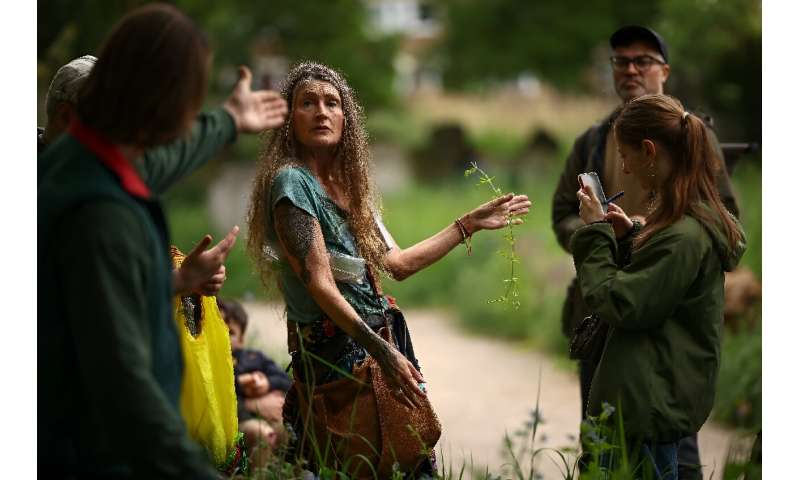
People smell and taste plants such as garlic mustard, wild strawberries and wild rocket. -
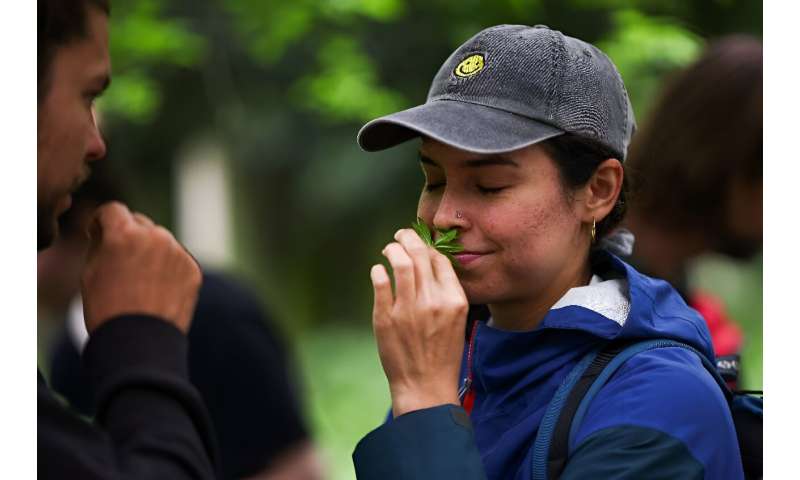
Many attending said they did not realize so many of the plants were edible. -
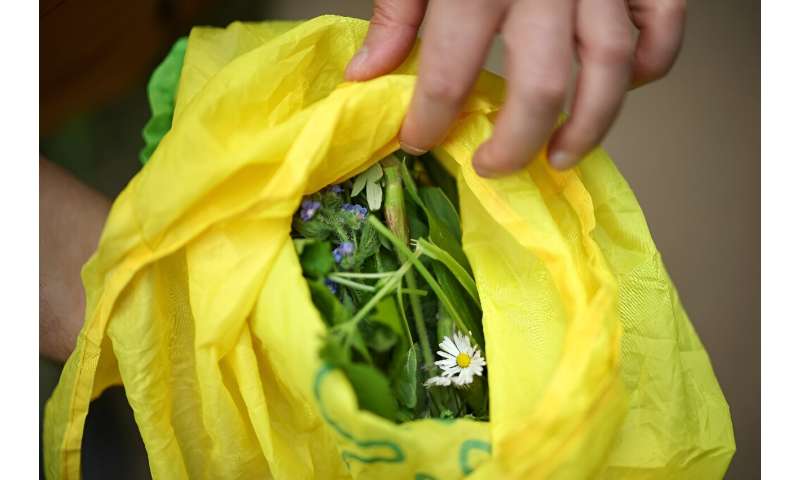
Kenneth Greenway believes there has been a surge in interest because people are spending more time in parks.
Her husband Brian Harvey, 42, said he could not believe so many plants were edible.
"Living in a city you're often blind" to the surrounding natural world, he added.
Greenway conducts the foraging course throughout the year. All the foraging teachers are "inundated with requests", he said.
"I guess the recent surge in interest is as a result of the recent pandemic, with a lot more people spending time in parks thinking about plants, wondering what they can do with them."
After three hours, the trainee foragers parted ways armed with leaves, flowers, and new recipes.
George Page, for one, was reassured about her safety and determined to go plant picking again, "as a team" with her daughter.
© 2024 AFP





















